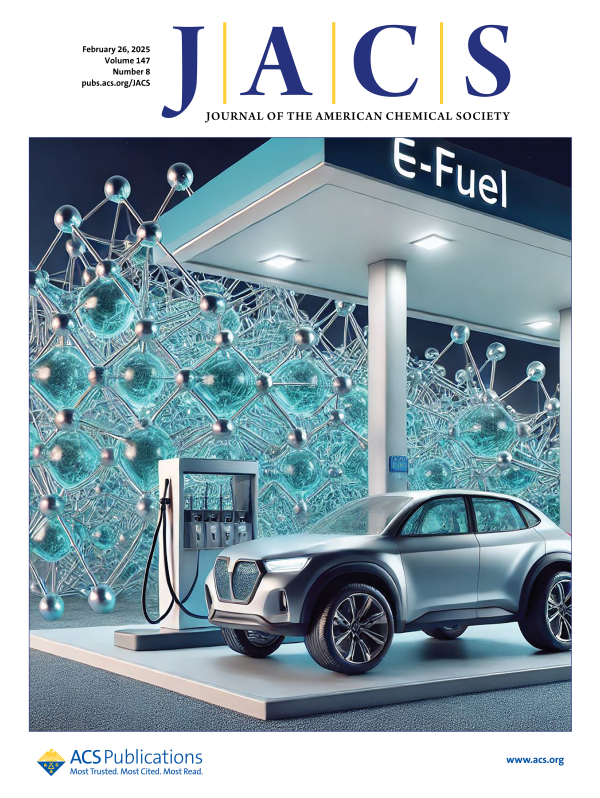Sustainable production of renewable chemical fuels is one of the cornerstones of the strategy to tackle the growing demand of global energy supply. Water oxidation through the oxygen evolution reaction (OER) is a key step in the majority of the processes proposed for the synthesis of nonfossil fuels. In (photo)electrochemical devices, often referred to as “artificial leaves”, the OER takes place at the anode and converts water in molecular oxygen, protons, and electrons; the latter ones can be eventually recombined to produce hydrogen or used to reduce carbon dioxide to chemical fuels (e-fuels) easier to handle than hydrogen, at the cathode. OER is a complex multistep process involving the coupled transfer of four protons and four electrons. Therefore, the reaction rate for water oxidation is slow and must be generally driven by applying an external potential much higher - an overpotential - than the minimum thermodynamic potential of 1.23 V required to oxidize water in a neutral solution.
The quest for an efficient, cheap, and robust catalyst suitable for a significant lowering of the actual potential has been recently focused on the particular class of nickel and cobalt (oxy)hydroxides, whose catalytic activity toward the OER is boosted by the addition of iron. 9 In particular, iron-doped nickel (oxy)hydroxides are generally considered the most promising catalysts for OER in alkaline solutions, showing high activity and low overpotential. This last fact hides a long-standing and exciting puzzle. The exact role of iron in these compounds has been conjectured or even claimed as clarified in such large number of publications that it is all but impossible to cite them all, without reaching broad consensus among the large community investigating such materials, yet.
In our comprehensive theoretical investigation, we aimed to solve the puzzle by specifically addressing all of its parts. To do this, we adopted the strategy of simulating isolated large portions of the catalyst assessing its close structural compatibility with ordered blocks of realistic materials through the comparison with the available X-ray absorption spectroscopy (XAS) and extended fine-structure (EXAFS) measurements, and finally using them as substrates for the simulation of a wide selection of OER mechanisms belonging to different families. Our investigation goes beyond the too schematic dualism between adsorbate evolution and latiice-oxigen mediated mechanisms debated in recent literature, comparing seven possible OER mechanisms which can be considered for both sides and concluding that the main catalytic role of iron is likely connected with the lowering of the thermodynamical potential required to form key metal−oxyl/metal−oxo intermediates that can evolve through different yet energetically almost equivalent paths.
Thursday, 06 March 2025 11:35
Multiple Reaction Pathways for Oxygen Evolution as a Key Factor for the Catalytic Activity of Nickel−Iron (Oxy)Hydroxides - New Article
"We used DFT simulations to study the structural and electrochemical properties of iron-doped nickel (oxy)hydroxide catalytic films for water oxidation, a crucial process for the production of E-fuels. Our results confirm the data obtained with X-ray absorption spectroscopy, highlight the role of concerted proton-electron transfers in oxygen production reactions, and show that iron enhances the catalytic activity of nickel-based catalysts by reducing the potential required for the formation of key intermediates."
Article published in Journal of the American Chemical Society (JACS).
Published in
Publications


 English (UK)
English (UK)  Italiano (Italia)
Italiano (Italia)